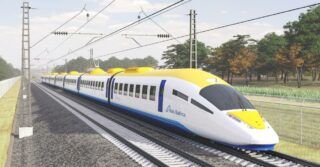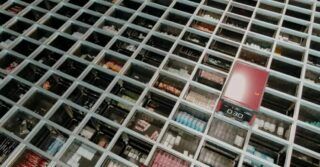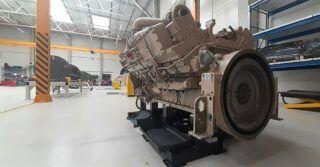DHL Supply Chain, the contract logistics specialist of Deutsche Post DHL Group, is now operating a fully-automated robot picking system at a logistics center in the Lower Saxon municipality of Staufenberg for an important long-time customer, Peek & Cloppenburg* Düsseldorf. The system, AutoStore, is made by robot specialist Element Logic and covers 6,000 square meters, making it one of the largest fully-automated storage and order fulfillment systems in Germany. It’s located in one of the five halls at the location, each of which offers 10,000 square meters of space and 50 loading bays. DHL Supply Chain operates this massive logistics center for a range of customers.
Nationwide e-commerce for fashion retailer Peek & Cloppenburg* Düsseldorf is just one focus of DHL Supply Chain’s operations in Staufenberg. The location also ships merchandise to end customers in Austria, Poland and the Netherlands. The center handles inbound new merchandise and returns, the warehousing of 3.5 million fashion items, order picking and packing, and the shipping of the goods to end customers.
The AutoStore system there allows merchandise inventory to be fully monitored and controlled, ensuring high efficiency in storage and retrieval. This enables customer orders to be processed and shipped with greater speed and reliability. The interplay of the flexible and modularly expandible robotics solution with the local employees reduces throughput times for individual customer orders, from order placement to dispatch from the warehouse, simplifies operational processes for employees, and increases operating efficiency.
AutoStore offers space-saving warehousing and fully-automated order fulfillment. The basis of the system is a 16-level high aluminum framework in which inventory is stacked and stored in 196,000 plastic bins. Above the bins, the aluminum framework forms a structure called the “grid.” The robots, 160 of them, use the grid to maneuver while picking the items for each individual order fully automatically. The goods are then further processed and prepared for shipping by their human counterparts at 21 “ports.”







